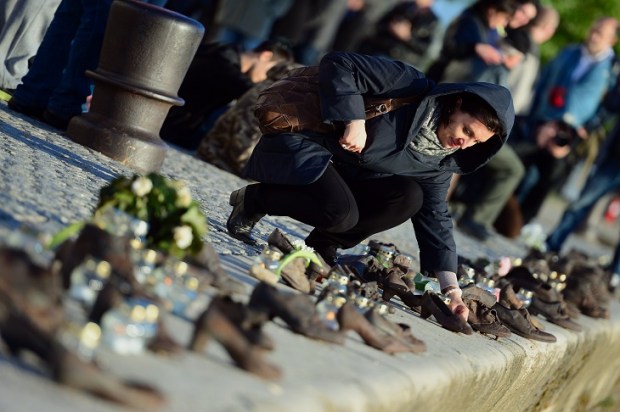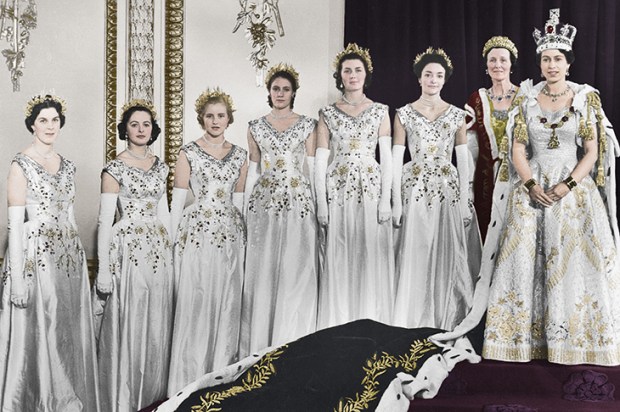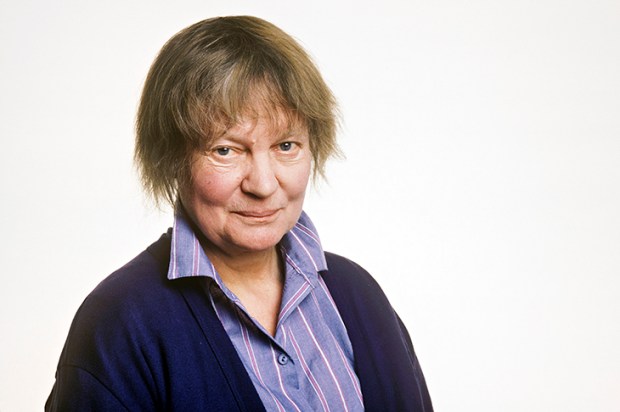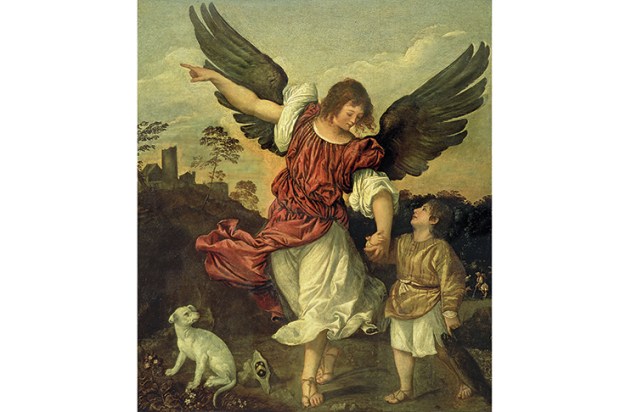The title, the subtitle, the author’s plain name, even the jacket’s photograph of a laughing old lady in sunglasses: none of these is particularly enticing. But the book itself is a delight. Written in the crisp present tense by a 90-year-old with a remarkably clear recollection of the trains of thought of her teenaged and post-teenaged self, it draws you deeply in, so that by the end you feel that you, too, have been to a harsh girls’ school in Plymouth, and then to a keyboard-clattering secretarial college in Surrey and then — best of all — that you have manned canal boats carrying coal from Birmingham to London during the war years with your friends Kitty and Eve.
Emma Smith won prizes (Llewellyn Rhys and James Tait Black) in the late 1940s for her novels Maidens’ Trip and The Far Cry. Then, widowed very young, she disappeared into the shade to bring up her family. Persephone Books reprinted The Far Cry in 2002. Now we have a remarkable resurgence by this woman, who turns out to be alive, well, fluent and living in Putney.
The opening volume of her childhood memoirs, The Great Western Beach (2009), described the first 12 years of her family life in Newquay, where all was not well in her parents’ marriage; As Green as Grass begins when the family moves to a house called Melrose in the village of Crapstone, Devon, where all continues to be not well between Mummy and Daddy. When Emma’s father (a poetry-loving banker, depressive, failed artist, first world war hero) is at home, the tiptoeing atmosphere of unease in the household is palpable. Then one night, during a short holiday in Emma’s beloved Newquay, Daddy tries to strangle Mummy:
No one can save me, nobody in the world, I realise, from facing up to what is the truth I must bear somehow by myself, alone: Daddy, my father, is mad. He is mad. Uncle Malcolm said that he should be sectioned. I have a MAD father.
This is typical of Smith’s teenaged thought re-creation. She gets hold of a word (‘mad’) and it takes up residence in her young mind, and she uses it and re-uses it. I think this is exactly what teenaged girls do, as if getting accustomed to a word or proper name in the first flush of coming across it. There’s a slightly creepy character later in the book called Ralph Keene, whose nickname is Bunny, and Smith can’t help writing ‘Ralph Keene — Bunny’ every time, reflecting her embarrassment with the name-or-nickname dilemma.
What the book is really about is escape: from Melrose, from working as a local schoolteacher in Devon, from a grinding job as secretary in a stuffy hut in the grounds of Blenheim Palace. In 1942, Emma’s friend Eve — also a secretary — spots a paragraph in a newspaper about women being needed to work on canals:
Canals! What a brilliant idea! Not one of us has any knowledge, none at all, regarding canals. Our ignorance in respect of them is total. But we are positive, at once, that this is exactly the job we have been hoping for, are suited for and are destined to do.
The events of the book confirm the gospel’s advice, ‘Knock, and the door shall be opened.’ Whatever Smith applies for in her young life, she gets. (This is slightly taunting for contemporary readers, whose children are knocking hard on doors which refuse to budge.) Life on the canals is thrilling: physically exhausting but liberating, and we live these years with the author, going through lock after lock in oilskins and encountering with her the doodlebugs, another word which she repeats, always in italics, fascinated by the horror of them, and their sound.
After the war Smith decides she would like to work in documentary films, and the next thing she knows, she’s on a boat to India with Laurie Lee as well as ‘Ralph Keene — Bunny’. She’s the junior, the dogsbody of the filming team, but adores it and, again, we luxuriate in this new escape. Ralph — Bunny wants her to be ‘his girl’, but she escapes from him, too, and marries a much nicer man, who dies six years later. And then, the long silence.
Got something to add? Join the discussion and comment below.
Get 10 issues for just $10
Subscribe to The Spectator Australia today for the next 10 magazine issues, plus full online access, for just $10.













Comments
Don't miss out
Join the conversation with other Spectator Australia readers. Subscribe to leave a comment.
SUBSCRIBEAlready a subscriber? Log in